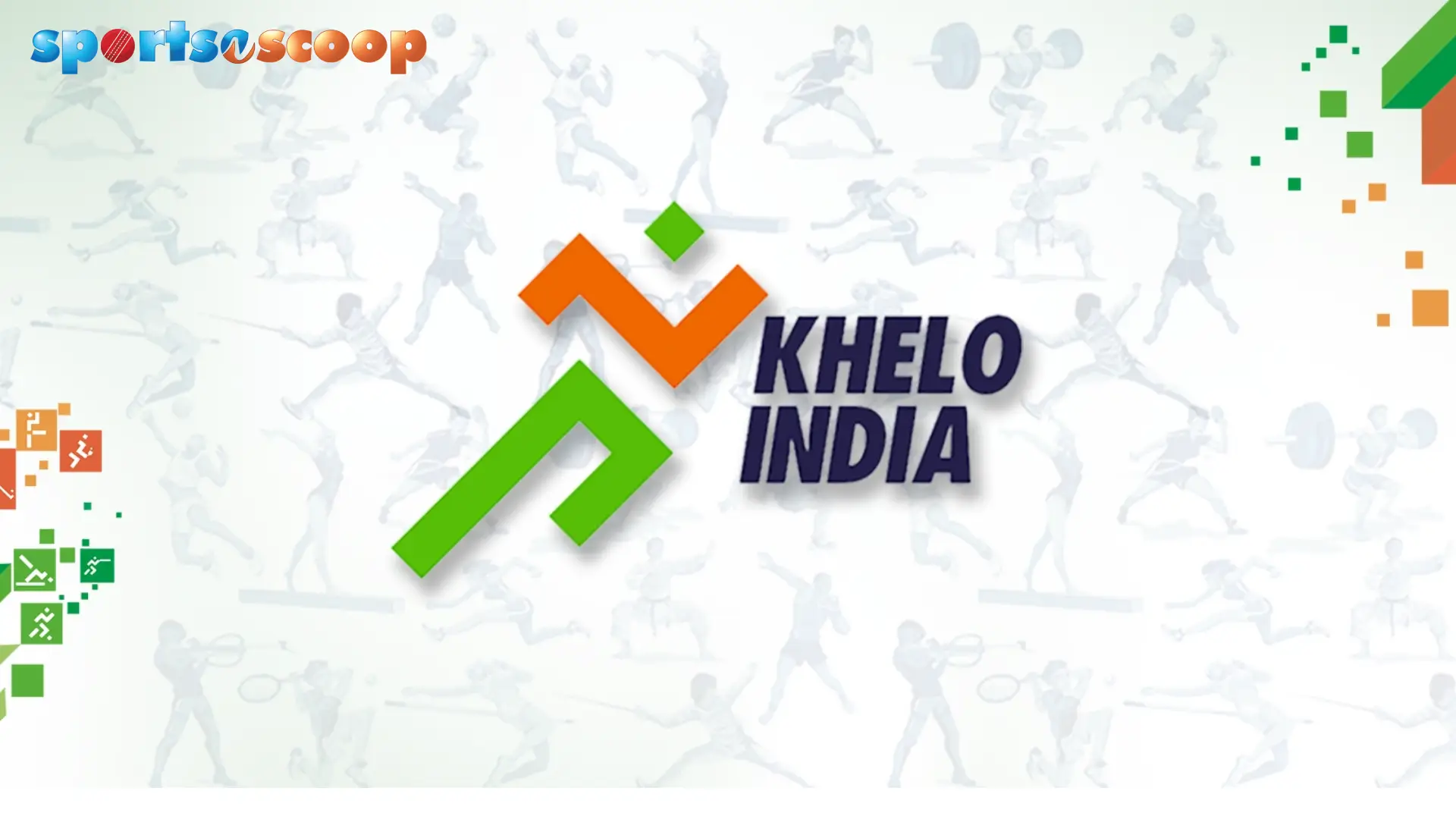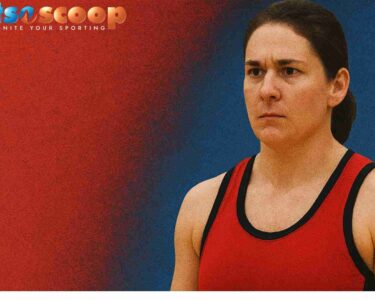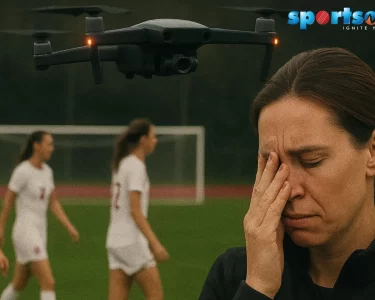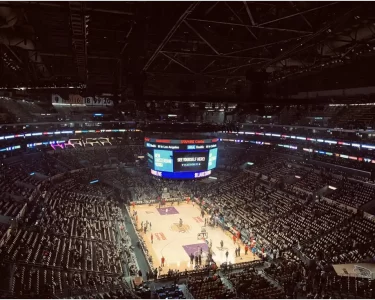As cricket has always been the main focus of sports in India, there is now a positive shift toward other sports. This is largely due to the ‘Khelo India’ initiative, which the Ministry of Youth Affairs and Sports introduced in 2018. The initiative aims to strengthen sports at the community level and help raise talent who are prepared to compete for the country globally.
After seven years, many wonder if Khelo India has caused a sustainable change in sports activities nationwide. The solution is both positive and detailed.
National sports reform needs a broad framework.
Khelo India uses 12 different areas to support its mission: creating new sports facilities, finding promising athletes, organising competitions at schools and colleges and encouraging native sports. It gives ₹6.28 lakh per year for eight years to recognised athletes, which helps them with their expenses.
This latest push highlights equality and backs para-athletes, female athletes and tribal sports to make Indian sports more democratic.
The Infrastructure of Local Organisations
One of Khelo India’s biggest achievements is building up grassroots infrastructure. In Delhi, the authorities have suggested setting up six Khelo India Centres that provide structured guidance for many talents. In these centres, people can expect to find modern tools, guidance from experts, and advice about healthy diets.
In Brahmavar, a public school has introduced the Bhujanga Shetty Sports Lab, which was funded as part of the Khelo India scheme. With this initiative, schoolchildren will be introduced to sports science and physical fitness, which helps them develop athletic skills for life.
The school‘s headmaster believes that today’s children are more interested and determined in sports careers. They are aware that their lives can move forward even after cricket.
Indigenous Sports Receive a New Promising Future
Khelo India has shifted its focus to less commonly known traditional Indian sports like Mallakhamb, Kalaripayattu, and Thang-ta. After their popularity faded, these sports are now getting attention from the American public.
If you want to practise, consider joining a Mallakhamb class in Trichy, Tamil Nadu. Young athletes benefit from this old practice by receiving coaching and having the correct gear. Activities that were previously seen as just for a few are now supported and encouraged by both the public and politicians.
A Mallakhamb trainer states that Khelo India has made Indians proud of what they do. It’s not just about preserving our culture; we are also escalating our performances nationally.
Dreams Coming From Places Far From Cricket
More young people in urban areas are interested in sports beyond the usual options. Every day, skateboarders gather at Delhi’s Deer Park for practice. While the sport isn’t officially part of Khelo India’s mainstream agenda, these athletes hope for recognition and infrastructure.
” We want a dedicated spot where we can skate,” says Veer, who is 15 years old. “If we get help, our growth would improve a lot.”
It tells us a lot about the young generation in India, making it clear that Khelo India should also consider introducing urban and alternative sports.
Finding Talent and Helping Its Development
According to the latest records, the Khelo India Talent Development Scheme had more than 3,000 athletes involved in 2024. The system is designed to give athletes the chance to get coaching, attend competitions, and gain experience in elite sports. But the actual challenge comes from supporting talents rather than just finding them.
Pullela Gopichand notes that many talented athletes have lost their opportunities due to a lack of solid support in the long run. Offering talent development programmes is not only a short-term goal; they must also last long-term.
Mary Kom, a boxer from the Olympics, also agrees, saying that people in their sport require mentoring, support, and career plans. Without management, the best people will not thrive.
While the scholarship provides a financial cushion, a more holistic ecosystem that includes psychological support, injury rehab, and nutrition planning is still needed.
Understanding Visibility through National Competitions
The Khelo India Youth Games (KIYG) and Khelo India University Games (KIUG), among other events, are significant for promoting relatively newer sports. They allow athletes to experience multi-sport events and even national telecast viewership, further fueling their ambition and adding value to their struggles.
“Participating in KIYG was like representing India in the world championship. That gave me the confidence to believe in myself,” said young wrestler Anshu Malik.
These sporting events have become important avenues for sponsoring, scouting, and media activities focused on new talent.
Issues Still Exist
These problems and others require working with private entities, investing in research, and adopting a more targeted and decentralised approach.
– Discrepancies exist with infrastructure equity in relation to urban and rural regions, and across states.
– There is an increase in female athlete participation, but societal challenges and a lack of women coaches remain obstacles.
– Disabled athletes frequently lack applicable infrastructure and reserved training resources and aids.
– New forms of youth sports such as e-sports, skateboarding, and parkour are currently not within the scope of Khelo India initiatives.
A Promising Yet Incomplete Transformation
Undoubtedly, Khelo India has generated tremendous progress in the Indian sporting ecosystem. Sports have been integrated into the classroom curriculum, revived from obsolescence, junior athletes in small towns have been inspired, and dreams have been nurtured where none existed.
However, if the initiative is to truly transform how sports are viewed and played in India, it will require further diversification to encompass modern sporting trends, consistent patronage, and bridging access gaps in terms of region, gender, and disability.
Nurturing Indian sports talent should not only focus on winning medals but also on the number of children who view sports as a viable career option. Khelo India has made commendable strides in this regard, but the majority of this initiative lies ahead.




